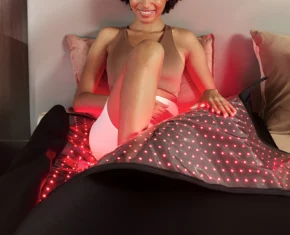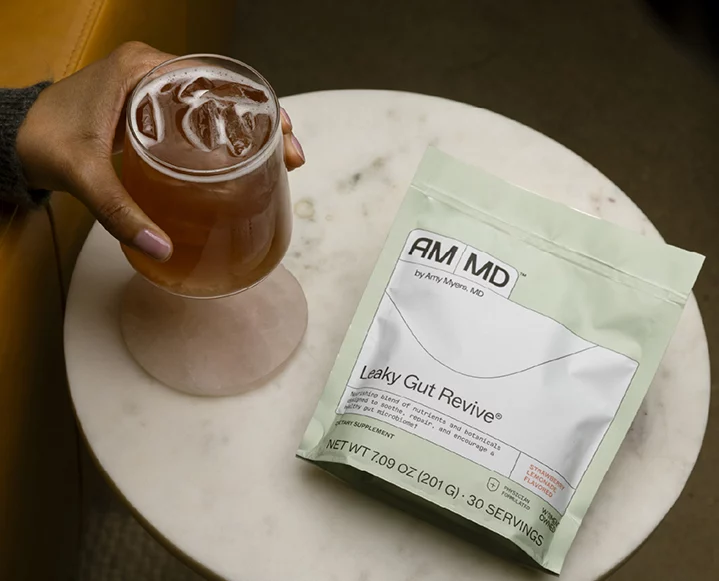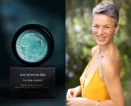If you ever doubted the power of design to make an impact on society, here’s your chance for a change in heart. The architectural team of Norway’s TYIN Tegnestue Architects have caught our eye with a few of their fascinating designs, everything from dorms for Burmese refugees to private spaces for Thai orphans – projects that reflect their generous and functional approach to design. Each design seems to blend seamlessly into the native terrain, which is a phenomenon clearly thought through. This small team has used their innovative design skills to create meaningful spaces for a few people groups around the world for which little else has been provided. We met with TYIN Partner Yashar Hanstad to learn more about how an architectural firm in Norway found it’s way into these functionally beautiful projects in some of the world’s poorest areas.
The Chalkboard Magazine: The TYIN site shares this idea: “Solutions to fundamental challenges call for an architecture where everything serves a purpose, an architecture that follows necessity.” Tell us about that design philosophy.
Yashar Hanstad: “Architecture of necessity for us is about finding basic solutions to challenges that arise in a project. Everything should serve a purpose. We don’t need to design new problems. There is always enough to solve in any site, program or concept. We are mainly driven by architecture and the dynamics of a building process. We aren’t really focusing directly on social issues, but rather try to use what we know in every situation to improve normal people’s lives. We think architecture can add value to people’s physical surroundings, leading to joy, enthusiasm, better health and in the long run, a positive development.
We’ve also learned that being involved hands-on in the process improves the project to a great extent. We learn more, we achieve more exchange of knowledge between the users, clients, builders and architects. Getting close to the people involved opens doors to opportunities and challenges that are hidden to us in a more normal planning process. We feel you can’t really understand the consequences of your decisions as an architect before you’ve lifted a thousand bricks or hammered nails in 4″ ironwood poles. The lines we put on paper lead to real consequences for the people we are working with.”
TCM: TYIN’s practice is to always include the local population in creating functional design. Tell us a little about that. Do you have an example?
YH: “We spend more time on preparing the project than we spend on building it. To understand some of the aspects of any community you have to get involved. We try to keep an open mind and stay close to the site as much as possible. As an example, we used over 10 months for preparation and studies for the Klong Toey Communty Lantern Project, while the building period was just five weeks. We spend time on building a network in the community, getting in touch with government, involving students and other professionals and mapping resources.
Through all this involvement, we connect with the people we meet, and through that connection it is possible to build a stronger sense of ownership and pride in the structures we leave behind.”
TCM: How are these projects financed? Is there an opportunity for those interested in this kind of project to give toward them?
YH: “Each project has had different funding systems. Most are sponsored to some extent. Some clients have participated in the cost. We are happy to receive support from anyone, but we do not have a specific system for private donations at the moment.”
TCM: Does the firm have a motto?
YH: “I guess the closest we get to a motto is something about architecture of necessity, an architecture where everything serves a purpose. We also use a quote from Juhani Pallasma:
‘Architecture is about the understanding of the world and turning it into a more meaningful and humane place.’
TCM: Any forthcoming projects being planned?
YH: “We are currently working on designing and building a small extension for a family house in Trondheim, Norway. We are trying to figure out how we can translate some of our methods into a Norwegian situation. We are going closer and closer towards being building architects, not just designers.”











